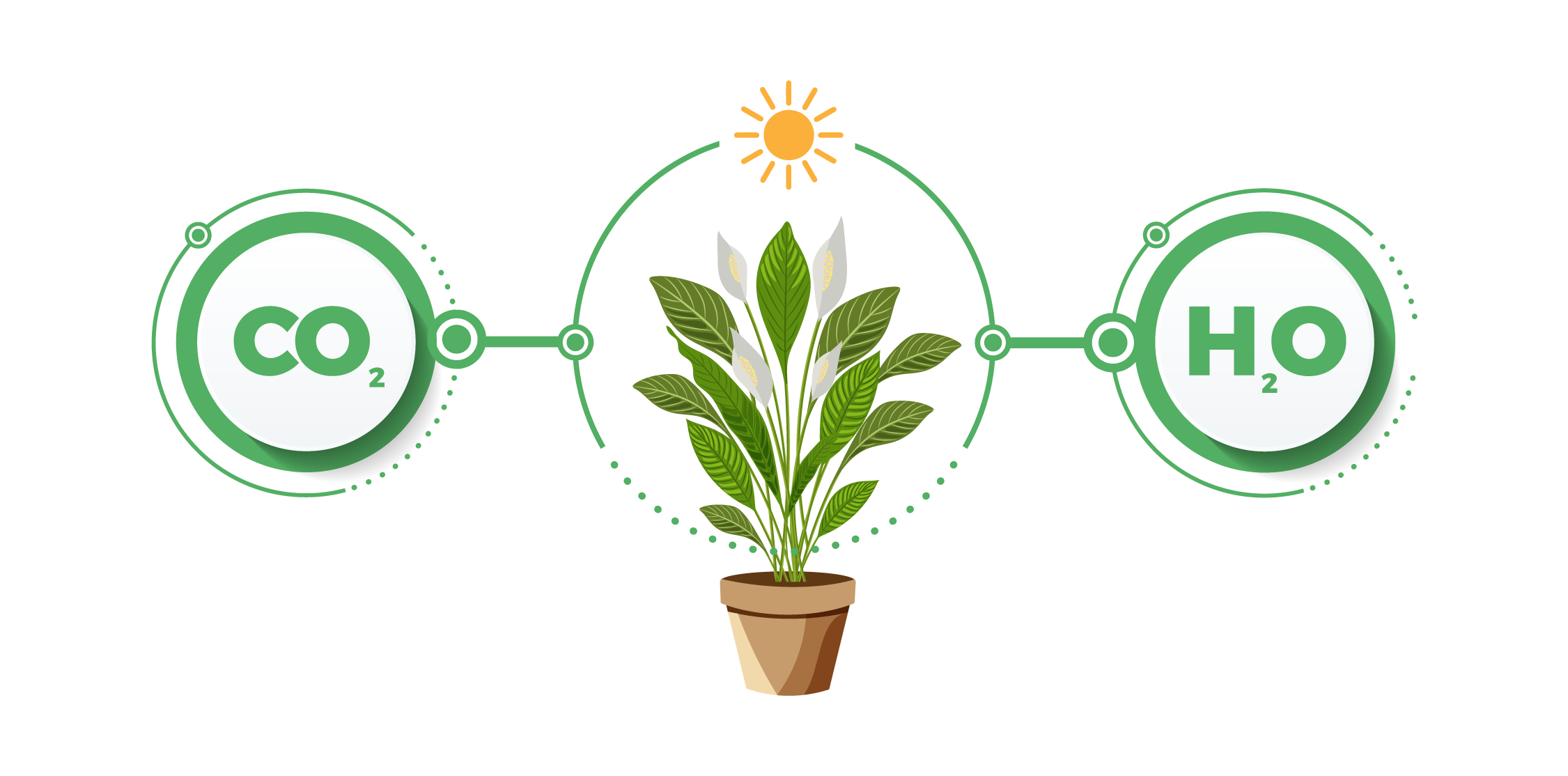Biophilia: an innate affinity with nature
What is biophilia and how does it affect the design and realisation of indoor and outdoor green spaces
Biophilia, as defined by the U.S. biologist Edward O. Wilson, is the “innate tendency to seek connections with nature and other forms of life” a biological connection of mankind with nature that accounts for the urge to ensure the continuity of this relationship.
The biophilic instinct is highlighted in the ability of human beings to be attracted by natural stimuli (affiliation) and to participate emotionally in different forms of life (empathy).
It is clear in this respect that the design and landscaping of indoor and outdoor spaces is important in order to bestow such a prominent role to green solutions. It is vital to develop and rethink public and private spaces with these aspects in mind, designing appropriate structures which allow and facilitate a direct contact with nature that is able to stimulate all our senses.
In architecture and urban design, biophilia is interpreted as the study and design of cities, structures and environments that incorporates reconnecting people with the natural environment, and are able to have a positive impact on our well-being, our productivity, our mood, and even revolutionise the way we live.
Indoor and outdoor green landscaping: how plants affect the psychophysical well-being of individuals
Improvement of air quality
Elimination of toxins

Humidity

Mould

Bacteria

Fine particles

SBS

Over 85% of the day is spent in enclosed spaces resulting in an increase in cases of SBS: Sick Building Syndrome, caused by poor ventilation of the environments and the presence of toxins in the air generated by perfumes, deodorants, body lotions, cleaning products, paints, new carpets, tobacco smoke, shampoo, pesticides, solvents and adhesives.
Daily exposure to these substances can cause physical discomfort (fatigue, muscle pain, eczema, dizziness, drowsiness, nausea, asthma, tachycardia, high blood pressure, sinusitis, headaches, insomnia) and mental discomfort (mood swings, anxiety, depression).
A completely natural method for detoxifying environments was introduced by NASA’s renowned Clean Air Study in 1989: the use of indoor plants.
Plants act as air filters: by day they absorb the carbon dioxide in the air required for photosynthesis, also assimilating any toxins present. At the same time, the leaves release water and gas which helps to maintain correct moisture levels.

If sufficient quantities are introduced, indoor plants can remove most types of air pollutants from external or internal sources.
The increasing attention paid to indoor air quality and the well-being of workers has led to an increase in scientific studies on the benefits of indoor plants in closed environments, which have confirmed the purifying power of the same.
The design and realisation of indoor green landscaping proposes an interpretation of the work environment in which individual and collective productivity and well-being are strongly linked.
Human physiology support
Reaction
time

Concentration and productivity

Computer
productivity

According to the authors of ART: Attention Restoration Theory nature has the ability to generate awe in people and therefore able to regenerate the mechanism of direct attention.
Prolonged focusing on a specific task or stimulus that requires direct attention leads to cognitive fatigue, increasing distraction and impulsive and hostile behaviour. Natural environments, on the other hand, generate a mechanism of involuntary attention (fascination) that allows direct attention to rest and regenerate until it returns to normal levels of efficiency.
Therefore, after interacting with a natural environment, individuals are able to perform tasks that require direct attention better with higher levels of concentration. On the contrary, urban environments contain stimuli that require high direct attention (avoiding traffic, ignoring advertising signs etc.), making the environment more stressful.
Some studies have also shown changes in the activity of the autonomic nervous system of workers in offices with live indoor plants. Participants were happier in all environments containing plants rather than in plant-free environments, confirming that the presence of plants in offices can have a positive effect on mood and increase productivity.
The past decade has witnessed an increase in the use of green landscaping in enterprises, demonstrating a new maturity and awareness of the urgency of the relationship between man and nature. This is also seen in the significant growth of outdoor offices, with a firm commitment by enterprises with adequate space to create an alternative to the traditional work environment. A choice that appreciates the relationship between well-being and productivity and acknowledges that a natural environment plays an important role in the balance of individuals. The COVID 2019 pandemic also generated further interest in these solutions, to be prioritised if present or feasible, for all individual and collective safety aspects.
Improve the perception of the environment and relations
Improved
quality of life
![]()
A calming and relaxing impact
![]()
Appreciation
for nature
![]()
A boost in energy and positivity
![]()
Reduces
absenteeism
![]()
Work
satisfaction
![]()
A working environment enhanced by plants communicates a higher level of care and attention on the part of management concerning the well-being of workers, resulting in a boost in levels of workplace satisfaction, productivity and well-being, which also strengthens a sense of belonging and shared identity.
Studies have shown that people who work in offices furnished with indoor plants feel more satisfied with their job and their work activities. The perception of the quality of the air also increases after plants have been introduced to the offices.
IlContact with nature boosts awareness and appreciation of nature, making people feel more calm and relaxed, and increasing positive energy and optimism.
Nature should not be seen as a form of mere adornment, but as an essential and indispensable element for the satisfaction, well-being and quality of life.
Even outside the working environment, exposure to natural scenarios can boost positive energy levels, reducing negativity and stress.
We currently live in a highly productive urban society, which has led most people to live in enclosed spaces, drastically reducing outdoor natural areas. This has resulted in increased pollution, a rise in respiratory and cardiovascular diseases, and a gradual deterioration in the quality of life.
However, thanks to the increasing sensitivity and attention paid to this subject, both the private and public sectors are showing an increased interest in implementing green spaces, to the extent where, in 2018, there was a slight increase in the availability of public green spaces in Italian cities, with 32.8 sqm per inhabitant.
An increased presence of green spaces improves environmental conditions and human relations, facilitating outdoor activities, the creation of personal exchange and meeting points, increased neighbourhood satisfaction and the possibility of interacting with nature, promoting a sense of relaxation and well-being.



